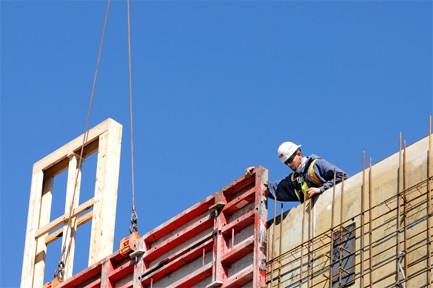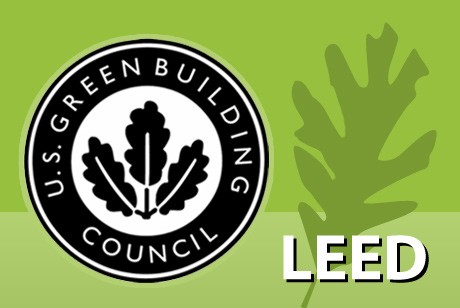NRDC Building Green LEED Certification Information
Post on: 22 Июнь, 2015 No Comment

What is LEED certification?
In the United States and in a number of other countries around the world, LEED certification is the recognized standard for measuring building sustainability. Achieving LEED certification is the best way for you to demonstrate that your building project is truly green.
The LEED green building rating system — developed and administered by the U.S. Green Building Council, a Washington D.C.-based, nonprofit coalition of building industry leaders — is designed to promote design and construction practices that increase profitability while reducing the negative environmental impacts of buildings and improving occupant health and well-being.
What are the benefits of LEED certification?
LEED certification, which includes a rigorous third-party commissioning process, offers compelling proof to you, your clients, your peers and the public at large that you’ve achieved your environmental goals and your building is performing as designed. Getting certified allows you take advantage of a growing number of state and local government incentives, and can help boost press interest in your project.
The LEED rating system offers four certification levels for new construction — Certified, Silver, Gold and Platinum — that correspond to the number of credits accrued in five green design categories: sustainable sites, water efficiency, energy and atmosphere, materials and resources and indoor environmental quality. LEED standards cover new commercial construction and major renovation projects, interiors projects and existing building operations. Standards are under development to cover commercial core & shell construction, new home construction and neighborhood developments.
How does one achieve LEED certification?
The U.S. Green Building Council’s LEED website provides tools for building professionals, including:
- Information on the LEED certification process.
- LEED documents, such as checklists and reference guides. Standards are now available or in development for the following project types:
- New commercial construction and major renovation projects (LEED-NC)
- Existing building operations (LEED-EB)
- Commercial interiors projects (LEED-CI)
- Core and shell projects (LEED-CS)
- Homes (LEED-H)
- Neighborhood Development (LEED-ND)

Tips for Getting LEED Certified














